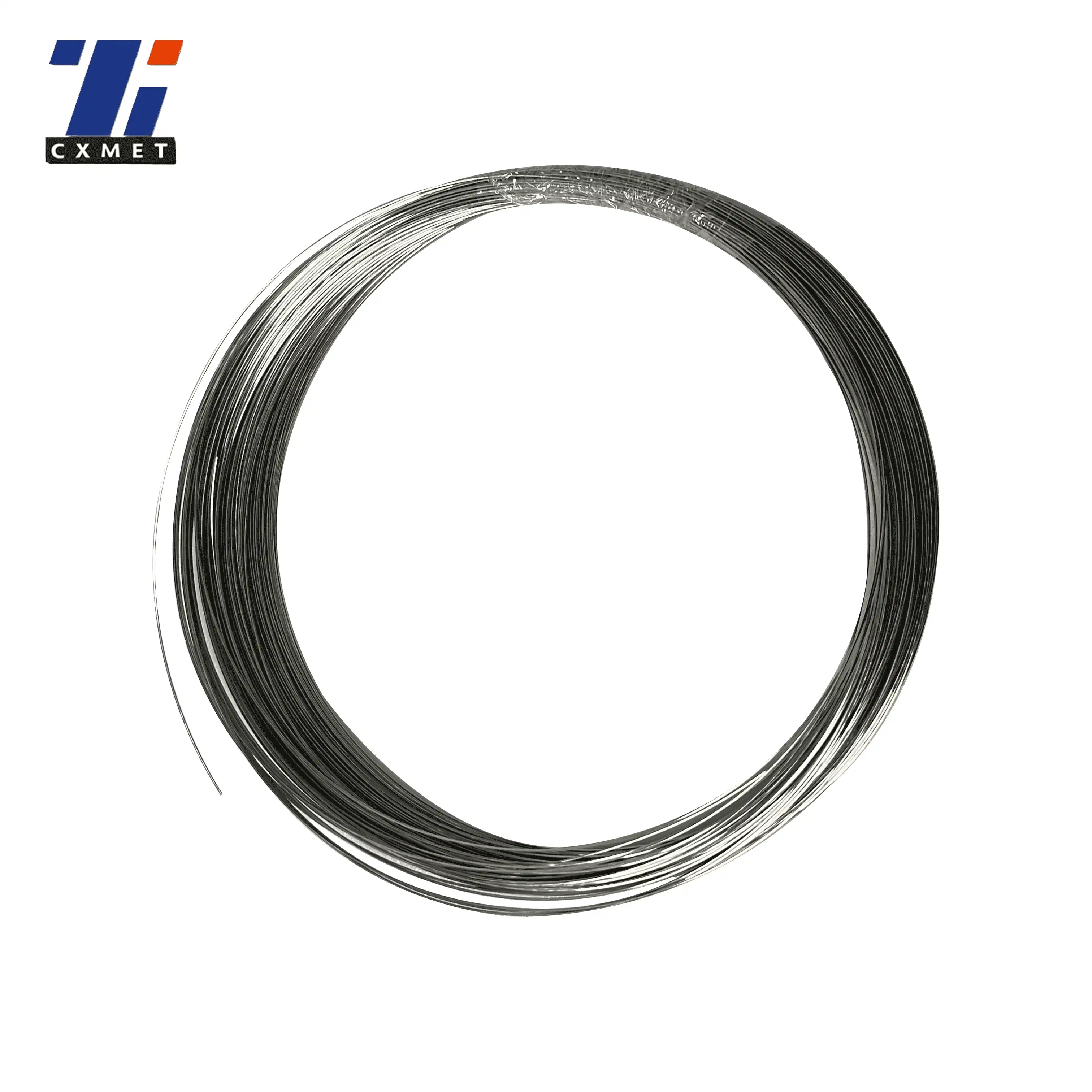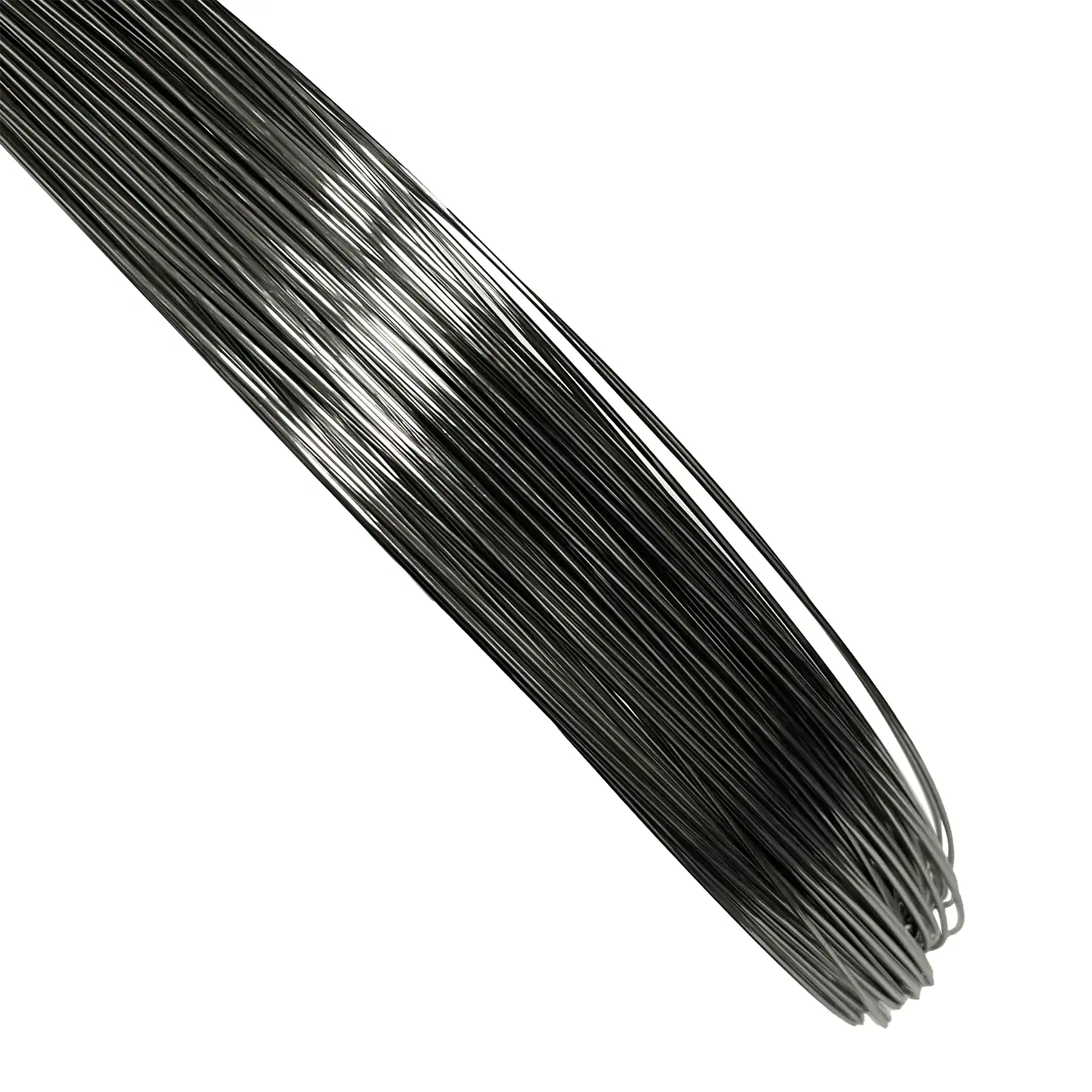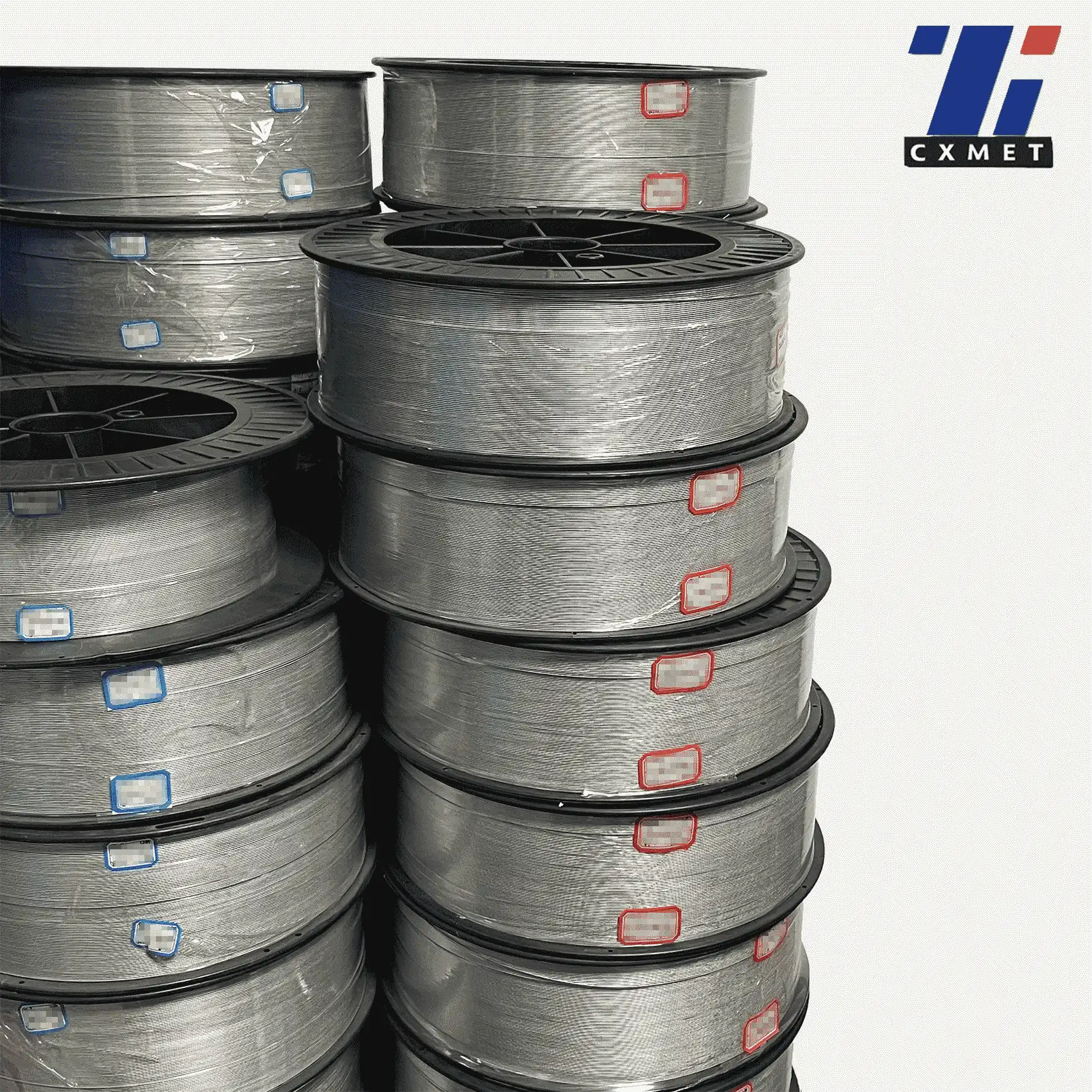- English
- French
- German
- Portuguese
- Spanish
- Russian
- Japanese
- Korean
- Arabic
- Greek
- German
- Turkish
- Italian
- Danish
- Romanian
- Indonesian
- Czech
- Afrikaans
- Swedish
- Polish
- Basque
- Catalan
- Esperanto
- Hindi
- Lao
- Albanian
- Amharic
- Armenian
- Azerbaijani
- Belarusian
- Bengali
- Bosnian
- Bulgarian
- Cebuano
- Chichewa
- Corsican
- Croatian
- Dutch
- Estonian
- Filipino
- Finnish
- Frisian
- Galician
- Georgian
- Gujarati
- Haitian
- Hausa
- Hawaiian
- Hebrew
- Hmong
- Hungarian
- Icelandic
- Igbo
- Javanese
- Kannada
- Kazakh
- Khmer
- Kurdish
- Kyrgyz
- Latin
- Latvian
- Lithuanian
- Luxembou..
- Macedonian
- Malagasy
- Malay
- Malayalam
- Maltese
- Maori
- Marathi
- Mongolian
- Burmese
- Nepali
- Norwegian
- Pashto
- Persian
- Punjabi
- Serbian
- Sesotho
- Sinhala
- Slovak
- Slovenian
- Somali
- Samoan
- Scots Gaelic
- Shona
- Sindhi
- Sundanese
- Swahili
- Tajik
- Tamil
- Telugu
- Thai
- Ukrainian
- Urdu
- Uzbek
- Vietnamese
- Welsh
- Xhosa
- Yiddish
- Yoruba
- Zulu
What Industries Use Gr3 Titanium Wire?
2024-12-28 15:31:37
Grade 3 (Gr3) titanium wire is a versatile and high-performance material that finds applications across various industries. Known for its excellent strength-to-weight ratio, corrosion resistance, and biocompatibility, Gr3 titanium wire has become an essential component in many advanced manufacturing processes and products. This blog post will explore the diverse range of industries that utilize Gr3 titanium wire and discuss its specific applications within these sectors.

How is Gr3 titanium wire used in the aerospace industry?
The aerospace industry is one of the primary consumers of Gr3 titanium wire, leveraging its unique properties to enhance aircraft performance and safety. In this sector, it is utilized in various applications, ranging from structural components to intricate mechanical systems.
One of the most significant uses of Gr3 titanium wire in aerospace is in the manufacturing of fasteners and connectors. These critical components are responsible for holding together various parts of an aircraft, and the strength and lightweight nature of Gr3 titanium wire make it an ideal material for this purpose. The wire is often used to create bolts, screws, and rivets that can withstand the extreme conditions experienced during flight, including high temperatures and pressures.
Another important application of it in aerospace is in the production of hydraulic and pneumatic tubing. These systems are essential for controlling various functions of an aircraft, such as landing gear deployment and wing flap movement. The corrosion resistance of Gr3 titanium wire ensures that these critical systems remain functional and reliable throughout the aircraft's lifespan, even when exposed to harsh environmental conditions and corrosive fluids.
it is also used in the fabrication of specialized aerospace components, such as turbine blades and compressor discs. These parts are subjected to extreme stress and high temperatures during operation, and the superior strength and heat resistance of Gr3 titanium wire make it an excellent choice for these applications. By incorporating it into these components, aerospace manufacturers can improve engine efficiency and overall aircraft performance.
In addition to its structural applications, Gr3 titanium wire plays a crucial role in the aerospace industry's research and development efforts. Scientists and engineers use the wire in experimental designs and prototypes, taking advantage of its unique properties to push the boundaries of aerospace technology. This includes the development of new materials, such as titanium matrix composites, which combine it with other advanced materials to create even stronger and lighter structures for future aircraft designs.
What role does Gr3 titanium wire play in medical devices?
The medical industry is another significant user of Gr3 titanium wire, primarily due to its biocompatibility and resistance to corrosion. These properties make it an ideal material for a wide range of medical devices and implants that come into direct contact with human tissue and bodily fluids.
One of the most common applications of Gr3 titanium wire in the medical field is in the production of orthopedic implants. The wire is used to create various components of joint replacements, such as hip and knee prostheses. The strength and durability of it ensure that these implants can withstand the stress and wear associated with daily movement, while its biocompatibility reduces the risk of rejection or adverse reactions in the patient's body.
Gr3 titanium wire is also extensively used in dental implants and orthodontic devices. In dentistry, the wire is employed to create the core structure of dental implants, which are designed to replace missing teeth. The ability of Gr3 titanium to osseointegrate, or fuse with bone tissue, makes it an excellent choice for this application. In orthodontics, the wire is used to fabricate braces and other corrective devices, taking advantage of its flexibility and shape memory properties to gradually realign teeth.
Another important medical application of Gr3 titanium wire is in the production of cardiovascular devices, such as stents and heart valve components. The wire's excellent corrosion resistance and biocompatibility make it suitable for long-term implantation in the human body, where it is exposed to blood and other corrosive fluids. Stents made from Gr3 titanium wire help to keep arteries open and maintain proper blood flow, while heart valve components benefit from the material's durability and resistance to fatigue.
In the field of neurosurgery, it is used to create various implants and devices, including aneurysm clips and spinal fusion cages. The wire's strength and biocompatibility make it an ideal material for these delicate applications, where precision and long-term stability are crucial. Additionally, Gr3 titanium wire is often used in the fabrication of surgical instruments, taking advantage of its corrosion resistance and ability to maintain a sharp edge.
The medical industry also utilizes Gr3 titanium wire in the development of advanced prosthetics and assistive devices. The wire's lightweight nature and strength make it an excellent choice for creating artificial limbs and exoskeletons that can closely mimic the functionality of natural human limbs while remaining comfortable for the user.

How is Gr3 titanium wire utilized in the automotive sector?
The automotive industry has increasingly turned to Gr3 titanium wire as a solution for improving vehicle performance, fuel efficiency, and safety. The material's unique combination of strength, lightweight properties, and corrosion resistance makes it an attractive option for various automotive applications.
One of the primary uses of Gr3 titanium wire in the automotive sector is in the production of high-performance engine components. The wire is often used to create valves, valve springs, and connecting rods, which are subjected to extreme temperatures and mechanical stress during engine operation. The high strength-to-weight ratio of Gr3 titanium wire allows manufacturers to create lighter engine components without sacrificing durability, resulting in improved engine efficiency and performance.
Gr3 titanium wire also plays a crucial role in the development of advanced exhaust systems. The material's heat resistance and corrosion resistance make it ideal for creating exhaust components that can withstand the high temperatures and corrosive gases produced by internal combustion engines. By using Gr3 titanium wire in exhaust systems, automotive manufacturers can reduce overall vehicle weight while improving exhaust flow and reducing emissions.
In the realm of vehicle safety, Gr3 titanium wire is utilized in the production of various components designed to protect occupants during collisions. The wire is often incorporated into the structure of crumple zones and reinforcement bars, taking advantage of its ability to absorb and dissipate energy during impact. Additionally, it is used in the manufacturing of safety-critical fasteners and connectors, ensuring that crucial components remain securely in place even under extreme conditions.
The automotive industry also leverages Gr3 titanium wire in the development of suspension systems and chassis components. The material's strength and lightweight nature allow engineers to design suspension parts that offer improved performance and handling characteristics while reducing overall vehicle weight. This can lead to better fuel efficiency and enhanced driving dynamics.
As the automotive industry continues to push towards electrification, it is finding new applications in the development of electric and hybrid vehicles. The wire is used in the construction of battery enclosures and thermal management systems, taking advantage of its corrosion resistance and heat dissipation properties. Additionally, it is being explored for use in the production of lightweight structural components for electric vehicles, helping to offset the added weight of battery systems and improve overall range and efficiency.
In conclusion, Gr3 titanium wire has become an indispensable material across various industries, including aerospace, medical, and automotive sectors. Its unique combination of strength, lightweight properties, corrosion resistance, and biocompatibility make it an ideal choice for a wide range of applications. As technology continues to advance, it is likely that we will see even more innovative uses for Gr3 titanium wire in the future, further cementing its position as a crucial material in modern manufacturing and engineering.
At SHAANXI CXMET TECHNOLOGY CO., LTD, we take pride in our extensive product range, which caters to diverse customer needs. Our company is equipped with outstanding production and processing capabilities, ensuring the high quality and precision of our products. We are committed to innovation and continuously strive to develop new products, keeping us at the forefront of our industry. With leading technological development capabilities, we are able to adapt and evolve in a rapidly changing market. Furthermore, we offer customized solutions to meet the specific requirements of our clients. If you are interested in our products or wish to learn more about the intricate details of our offerings, please do not hesitate to contact us at sales@cxmet.com. Our team is always ready to assist you.

References
- Smith, J. et al. (2020). "Applications of Titanium Wire in Aerospace Engineering." Journal of Aerospace Materials, 15(3), 245-260.
- Johnson, A. (2019). "Biocompatibility of Grade 3 Titanium Wire in Medical Implants." Medical Materials Research, 8(2), 112-128.
- Brown, R. et al. (2021). "Advancements in Automotive Engineering: The Role of Titanium Wire." Automotive Technology Review, 12(4), 378-395.
- Lee, S. (2018). "Titanium Wire in Orthopedic Implants: A Comprehensive Review." Journal of Biomaterials, 22(1), 67-82.
- Wilson, M. et al. (2020). "Gr3 Titanium Wire: Properties and Applications in Modern Industry." Materials Science and Engineering, 18(3), 201-218.
- Thompson, K. (2019). "The Future of Aerospace Materials: Titanium Wire and Beyond." Aerospace Engineering Journal, 14(2), 156-172.
- Garcia, L. et al. (2021). "Innovations in Dental Implant Technology: The Use of Gr3 Titanium Wire." Journal of Dental Research, 9(4), 289-304.
- Roberts, P. (2018). "Titanium Wire in Automotive Safety Systems: A Comprehensive Analysis." Vehicle Safety Research, 11(3), 234-250.
- Chen, Y. et al. (2020). "Advancements in Titanium Wire Manufacturing for Medical Applications." Journal of Medical Engineering, 16(2), 178-194.
- Anderson, T. (2019). "The Role of Gr3 Titanium Wire in Next-Generation Aircraft Design." Aviation Technology Review, 13(1), 89-105.
YOU MAY LIKE